MUNICH — This is the world’s most advanced car. The 2016 BMW 7 Series uber-premium sedan takes technology beyond the cutting edge. The cockpit is cocooned with weight-saving, life-saving carbon-fiber. There are more than a dozen ways to help the driver if he or she wants help. iDrive gets a touchscreen LCD and the ability recognize finger gestures, if not the rude gestures made by BMW 2002 partisans crying over progress. It ships this fall.
Life at the top can be short, especially since Audi, Lexus, Jaguar, Mercedes-Benz, and Porsche all have access to much the same third-party driver-assist technology. When it ships this fall, the BMW 7 Series becomes a checklist for what is possible at the high-end of the automotive spectrum. The technology will trickle down to the mainstream, just as airbags, anti-lock brakes, and stability control did a generation ago.
As with the the first iDrive BMW in 2001, there is so much new technology to present, so much Kool-Aid to drink, that BMW splits the announcement into a global unveiling of the car and its specifications this week, hands-on test drives later in the summer, another announcement at the Frankfurt Auto Show in September, and delivery in the fall. Here’s a tour of the new 7 Series as BMW unveiled it at BMW Welt, the customer center and showplace near its headquarters.
Jaw-dropping driver assistance in 2 partsBMW is taking driver assistance and automation another half-step, making it possible for a driver to let the car drive on interstates so long as he or she still has a hand lightly on the wheel. The car will do the usual adaptive-cruise-control and forward-collision-warning tricks, and now show when it’s unsafe to pull out and pass. BMW bundles most of the tech into two packages. It will be interesting to see where BMW prices them. Not that any normal person cross-shops a $100,000 7 Series and a $35,000 Nissan Maxima, but the 2016 Maxima hits you up for just $1,000 for adaptive cruise control (just not below 20 mph), blind spot detection (but not lane departure warning), forward collision warning, and forward emergency braking.
Active Driving AssistantActive Driving Assistant is the basic-but-optional level of BMW automation. These features combine a forward-facing camera and side/rear-facing sensors (BMW doesn’t call them radar). The alerts, unlike on most Asian cars, politely vibrate the steering wheel rather than wake up the whole cabin with warning beeps. They include:
Lane departure warningBlind spot detectionRear cross-traffic alertPedestrian detection/warning with light city braking (apparently meaning the car will brake and should stop in time, but not enough to make an ironclad claim that nobody gets hurt)Speed limit info (the camera reads traffic signs)Active Driving Assistant Plus
These second level of features adds a forward-facing stereo camera array (two cameras, a la Subaru Eyesight), and long/short-range radar at the front and sides to better detect vehicles. They work up to 130 mph (Nissan Maxima, up to 90 mph. Autobahn testing rocks.) Additional features include the almost-self-driving abilities:
Active cruise control with stop & go functionFront crossing traffic warningTraffic jam assistant (paces the car in front at up to 37 mph (60 kph) and also maintains the correct lane)Active lane keeping assistant (LDW warns when you drive, LKA keeps you in lane automatically)Side collision protection (warnings during lane change, OK signal when it’s safe)Speed limit obedience (our term, not BMW’s). If you’re doing 70 with adaptive cruise and the car sees a 55 mph sign, you’re given the option to press a button and comply with the new limit. It’s not clear if you can cut a deal with the car to set the limit to five over the posted sign.BMW calls these semi-automatic driving functions. The 2016 BMW 7 Series falls into the third of five self-driving levels as defined by the National Highway Traffic Safety Administration (NHTSA), called Combined Function Automation, or Level 2 (it starts at Level 0). The Google self-driving car is the next step up. As a practical matter, if a BMW 7 Series driver is not paying full attention for chunks of 15 or 30 seconds at a time, but is awake and behind the wheel, the odds of getting into an accident would be very low. It’s the kind of driver assistance that corrects for slower reflexes in the later stages of an eight-hour drive. It’s also the kind of driver assistance that lets idiots complete an entire text without looking up, and probably not pay for their actions.
Self-parking from outside the carFord, BMW, and others have advanced the parking process from sonar pings to warn you of hazards, to assisted parallel parking (the moving car finds a spot, you stop and put the car in reverse, then it steers and you control throttle and brakes) to head-in parking to, now, head-in parking into a small garage with no driver on board. With the car pointing at the garage space you want to park in, you hop out of the car, taking the key fob with you. Press a button on the fob and the car eases itself into the space, splitting the available left-right distance and snugging in as far as possible. It’s a godsend for a car as big as the 7 Series that will only be sold here in the US in the extended wheelbase version: 207 inches long, one inch longer than its predecessor. The existing parallel park feature now brakes the car if you don’t brake yourself.
iDrive 5.0 gets a touch display and gesture controlAfter 15 years of production, BMW’s iDrive cockpit control wheel is the best of the half-dozen offered, mostly by German car companies. Now, iDrive adds two more ways to control the infotainment system in addition to the continuing voice input system. First, the big screen in the center stack accepts touch input, the most commonly used method across the industry, despite its challenges on bumpy roads. Second, 3D sensors watch for finger movements near the LCD (the “control display” in current BMW terminology). BMW is starting small here. It accepts one set of gestures to raise or lower the volume and another to accept or reject an incoming call after seeing the caller identified in the control display or head-up display. Those gestures and functions are fixed. The driver can also use a final gesture as a wildcard to control a function of his or her choosing, such as setting navigation to take the car home.
BMW continues with its character-recognizing touchpad atop the iDrive control wheel. So that makes six ways to communicate with the car: iDrive, touchscreen, gesture recognition, touchpad, voice input, and download-to-car for navigation routes.
The instrument panel (the one behind the steering wheel, the Dynamic Digital Instrument Cluster) is a 12.3-inch LCD with customizable graphics and color schemes related to the style of driving chosen by the Driving Dynamics Control switch: Comfort, Eco Pro, and Sport.
Bigger head-up displayBMW is the industry leader in offering head-up displays. Most BMW owners — people who’ve actually used HUDs — love how they present just the right amount of information just below the driver’s line of sight. It’s now standard on eight-cylinder BMWs (750i), optional on the more prevalent six-cylinder 740i.
“Carbon Core” cuts weight by 190 poundsThe current, fifth-generation 7 Series weights 4,350-5,050 pounds. To improve performance and fuel economy, the passenger cell uses a carbon core. Not a complete carbon fiber reinforced plastic tub or panels as in racecars or the BMW i3 urban commuter EV and BMW i8 plug-in hybrid supercar, the BMW EfficientLightweight technology (their term, their spelling) combines carbon fiber with lightweight, high-strength steel, and aluminum body panels. There are some CF brackets and stiffeners such as the cross-member at the top of the windshield. Carbon fiber is inside the steel roof pillars (pictured, right) to keep the cabin intact in a rollover or severe side impact.
More 7 Series body panels are now aluminum, including doors and the trunk lid. The brakes, wheels, and suspension have lightened by 15%, BMW says; savings to the so-called unsprung weight parts have a much greater effect on performance than taking the same weight out of the gearbox or seats.
Bells and whistlesBMW is breaking some new ground with this 7 Series and catching up with the competition in others. There’s a wireless charging module and a universal holder for many smartphones. Climate control gear is now touch sensitive; we’ll need a test drive to see how useful the controls are when the car is moving.
An executive package lets the rear seatback recline to just under 45 degrees. The rear seat used to have a second iDrive controller which met with mixed acceptance (iDrive is not easy for a casual user) — it’s now a 7-inch tablet integrated in the center armrest.
The 2014 Mercedes-Benz S-Class offered a fragrance injector for the cabin with four scents. Two years later, BMW has it on the 7 Series and offers eight fragrances. Who says competition doesn’t improve the automobile?
For audiophiles, the 16-speaker Bang & Olufsen premium system gives way to an optional Bowers & Wilkins Diamond surround system, still 16 speakers, now partially illuminated, BMW says. BMW’s well-regarded navigation system with real-time traffic information now does over-the-air map updates and they’re free for the first three years. If your BMW’s sign-reading camera sees a discrepancy between the onboard map’s speed limit information and the sign, the onboard telematics system sends a note to the database. Think of this as BMW’s take on Waze.
A panoramic moonroof has a sky scene etched lightly into the glass. Combined with LED illumination, you can see the starry sky in six colors. This will be helpful in high-pollution urban areas where you’d never see stars otherwise.
The 7 Series has the same auto-open trunk — kick your foot under the back bumper — as Ford has publicized for several years. It’s from a German company, Brose, and already on other BMW models.
For owners who want a custom 7 Series, you can specify additional paint colors such as Almandine Brown, leathers, and cabin woods as part of the BMW Individual program.
What’s in store for US customersThis is BMW’s biggest market, but we still don’t get all the features. Here, the car will be long-wheelbase only, the 740i with a new 320-hp turbocharged in-line six, and the 445-hp turbocharged V8, both with an eight-speed automatic transmission. There will be an all-wheel-drive (xDrive) versions. BMW specs the cars at 5.4 and 4.3 seconds 0-60 mph, respectively. Some markets may get a V12 shared with Rolls-Royce.
Self-leveling air suspension at both front and rear axles is standard. BMW’s Dynamic Drive Control reduces rolling movement at front and rear suspensions. Active roll stabilization is now electromechanical and acts like a plane banking into a turn, except here it reduces the car leaning away from the turn.
First deliveries in the US are expected in the fall. Price? It will be close to $100,000, depending on options.
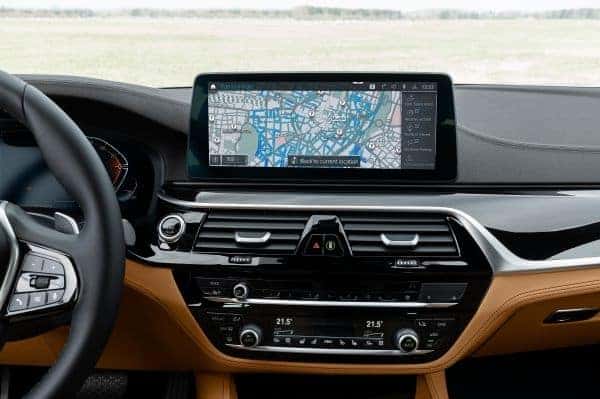
What is BMW Assist Competition BMW of Smithtown
BMW Assist not working BMW 18Series and 18Series Forum F180

BMW ASSIST to Bluetooth conversion Bimmernav Online Store
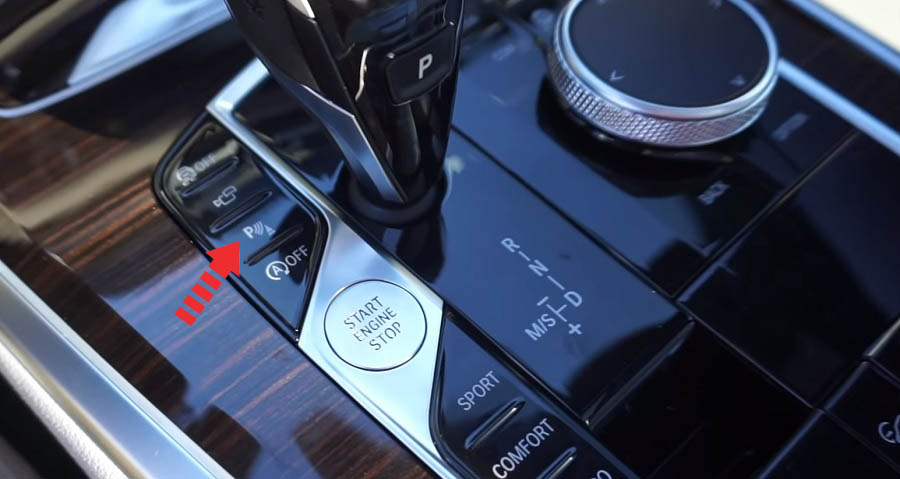
How to use Reversing Assistant on BMW X18

BMW Frequently Asked Questions Chapman BMW on Camelback
BMW Assist Retrofit and Compensation BimmerFest BMW Forum

How to update the BMW assist software Houston Texas
New BMW Assist telematics feature moves into the world of convenience

BMW adds standard connectivity features

What Is BMW Assist Autobytel
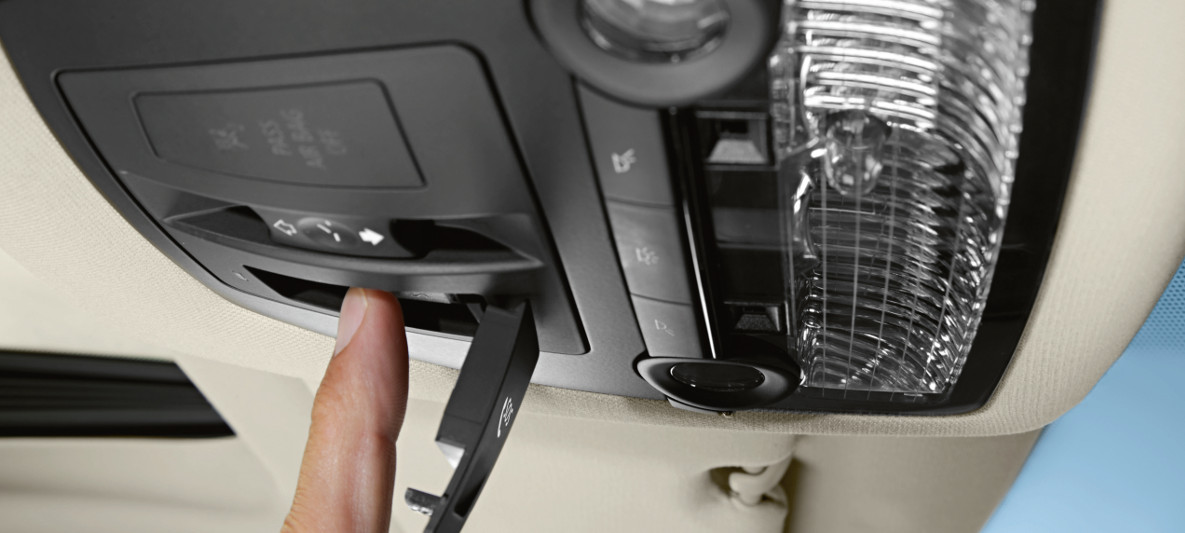
BMW ConnectedDrive ׀ Appel d'urgence intelligent ׀ BMW Canada
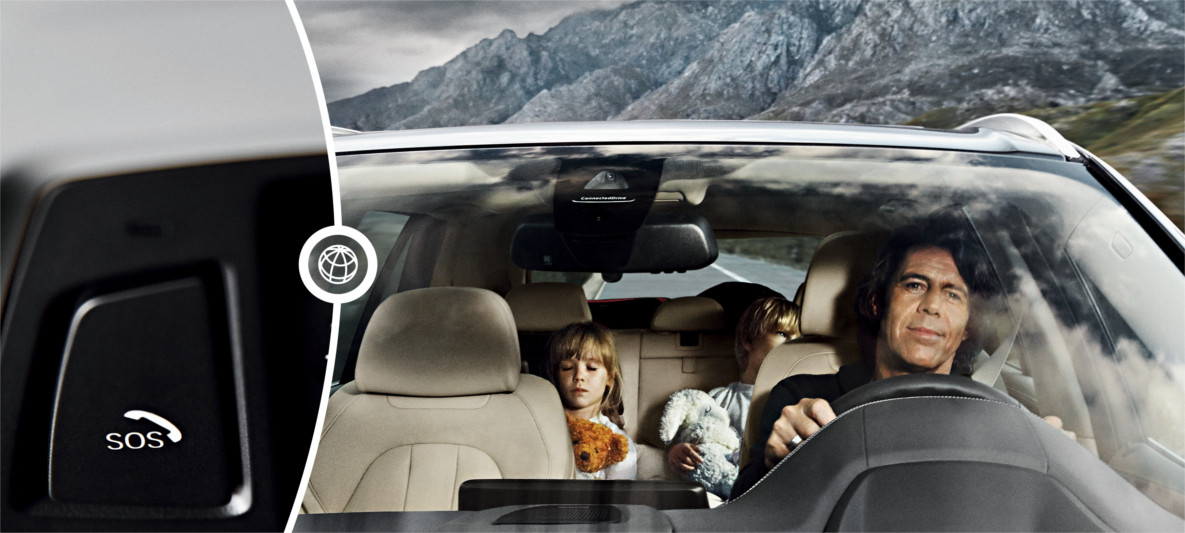
BMW ConnectedDrive BMW Assist
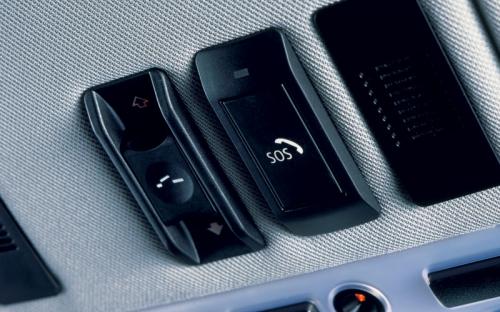
18GBased BMW Assist And ConnectedDrive Service Ends In December
BMW X18 BMW Assist

BMW Roadside Assistance Contact Number In Canada 181818
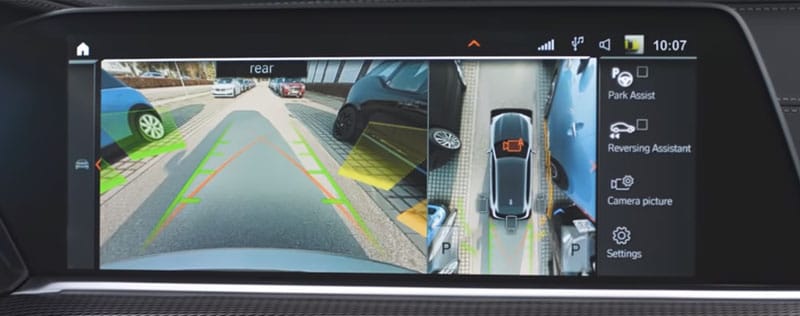
How to Use the BMW Parking Assistant BMW of Lincoln Blog in
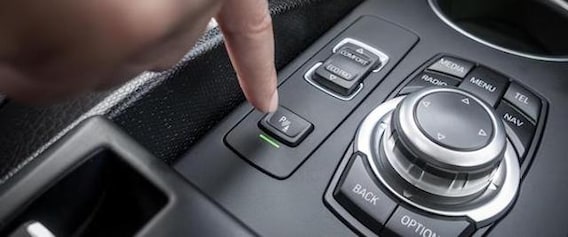
How to Use BMW Parking Assist Paramus Area BMW Dealer ^
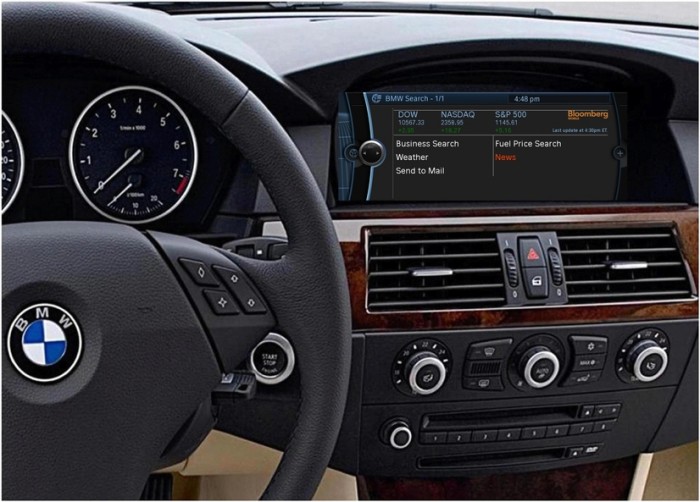
BMW Assist Assists More Than 18 Million Vehicles in US The News